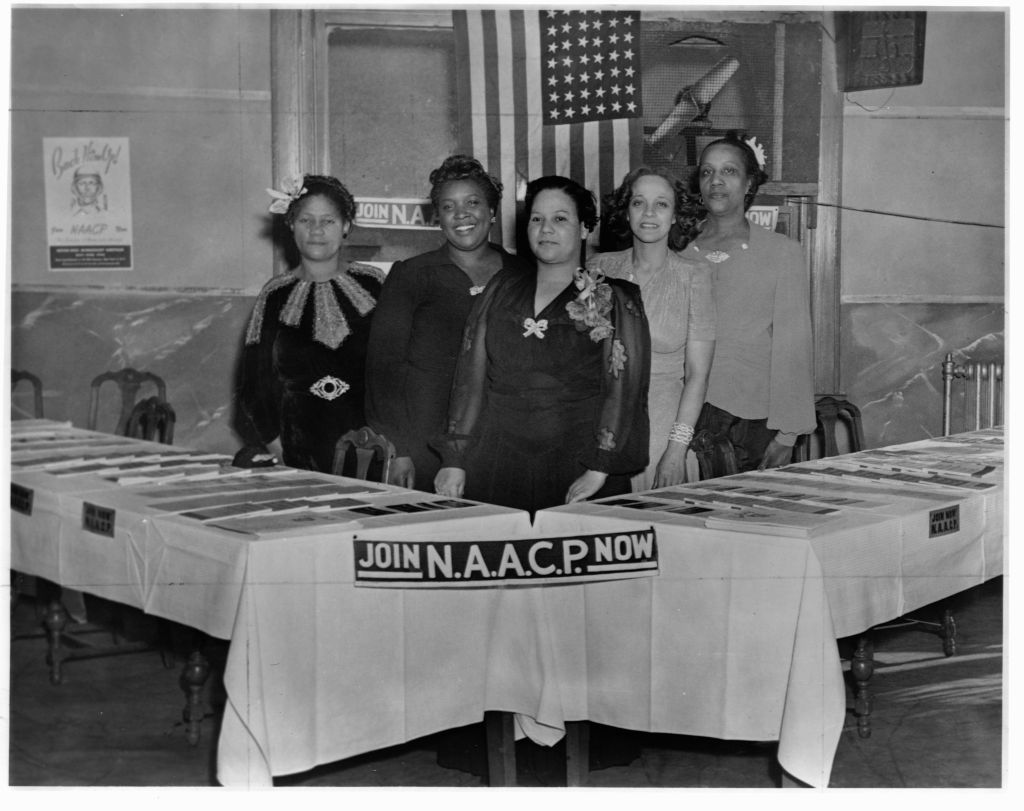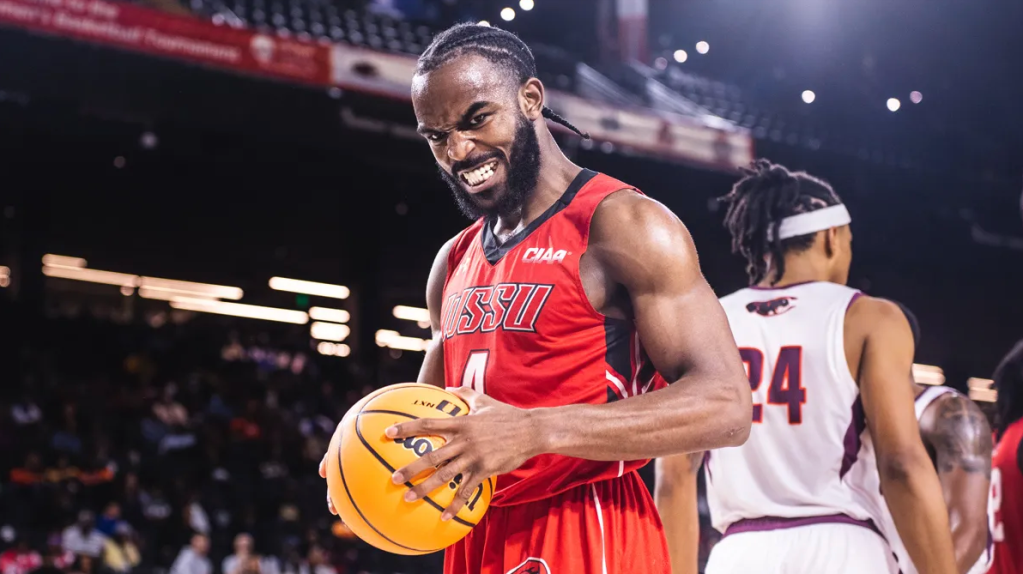
Source: Library of Congress / Getty
Earlier this month, the National Association for the Advancement of Colored People recently voted to remove Cornell William Brooks as president in a so-called “systemwide refresh” to better confront President Donald Trump, whose white male hegemonic style has upended institutions like the iconic civil rights organization. Meanwhile, Leon W. Russell, chairman of the board, will fill in until a new leader is elected.
But I would like to suggest as part of its restructuring that the group elect a woman president. Since the NAACP was founded on February 12, 1909, it has not had a woman leader. In case you can’t do the math, that’s 108 years.
Indeed, Lorraine C. Miller served as the interim president after Ben Jealous left the organization in 2013, but no woman has ever served in a permanent role. As one of this country’s oldest civil rights organizations, leaders should be mindful of the necessity and rewards of gender equality in its fight to adhere to its mission statement to “ensure a society in which all individuals have equal rights without discrimination based on race.”
More over, as the NAACP seeks to avoid obsolescence in today’s political and social climate bringing a woman to the head of the table isn’t just a way to fulfill a quota, but to actually get things done.
Throughout history, women have often been the backbone of social movements and organizational change. Ida B. Wells-Barnett, Mary Church Terrell and Mary White Ovington were among founders of the NAACP, which was formed by W.E.B. Du Bois, among others, as a bi-racial group to advance justice for people of color.
Further, Black women have been commanders of the Black resistance for centuries, whether it was Harriet Tubman leading slaves to freedom, Rosa Parks sparking the largest boycott in our nation’s history, or Angela Davis bringing light to injustices in the criminal justice and political system.
Black women also came out in droves to elect the nation’s first Black president. In 2012, Black women voted at a higher rate than any racial or gender group, and 96 percent of them voted to re-elect President Barack Obama. In the 2016 presidential election, Black women voters were by far Hillary Clinton’s strongest supporters, with 94 percent casting a ballot for the former Secretary of State.
It’s also important to note that Black women are a critical voice in the most compelling political debates of our time. Voters routinely report that healthcare and jobs are their top priorities, and people of color and women are the most impacted by this nation’s policies on those issues, including choice, contraception, equal pay, and family leave.
In its quest for racial justice, the NAACP must strategize to combat these issues and who better than a Black woman to prioritize and successfully organize around them? Who better than a Black woman to make the organization more relevant in the current culture of resistance?
By taking the long overdue steps to elect a woman, the NAACP would display its commitment to diversity and inclusion in not just the area of race and ethnicity, but also in gender. If the organization really wants to renew its commitment to our community and be relevant during this ‘transitional moment’ in history, electing a woman to lead in this new chapter would be a big move in the right direction.
China Dickerson has worked in politics, government, and community organizing for over 10 years. The Charleston, South Carolina, native currently lives in Washington D.C., where she works as a political strategist, and executive director of D.C. Young Democrats. Follow her on Twitter at @MsChinaD
The NAACP Needs #BlackGirlMagic to Survive was originally published on newsone.com
















